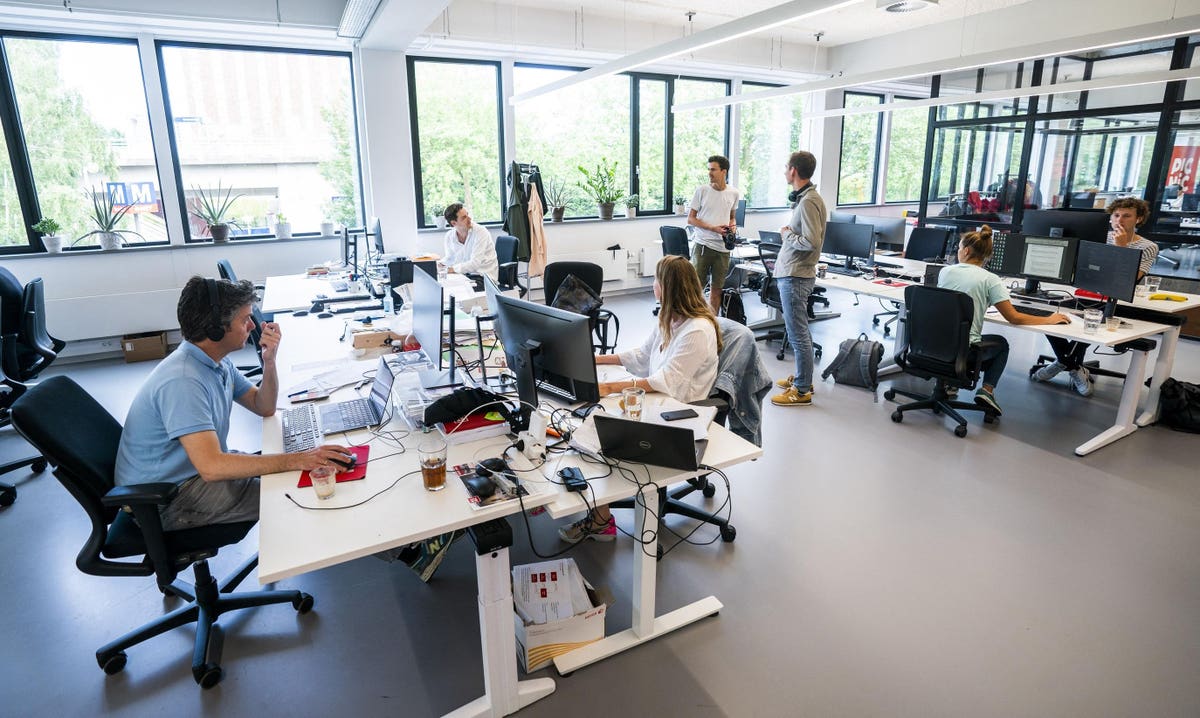When it comes to collaboration, we often look for ways that we can leverage our own networks to find the right people to partner with to develop a workable solution for our problems. But not all collaborations turn out well. A lot of the time, the success or failure of a prospective collaboration comes down to how accessible the collaborators are.
Quite simply, if you yourself are not an accessible collaborator — meaning that you are distant, hard to reach and difficult to work with — you will have a hard time getting any partnership off the ground. This could even cause you to enter into the wrong types of partnerships for your business needs.
The good news is that collaboration is a skill, and like all skills, it can be mastered and improved upon. By taking proactive steps to become a more accessible collaborator, you won’t just benefit your career — you can improve other aspects of your life as well.
Understanding Your Personality Profile
One way to improve your accessibility as a collaborator is to understand your personality profile and your natural tendencies.
There are several tools for understanding your personality profile, such as Myers-Briggs, DISC and Enneagram. A relatively new tool is the Wealth Dynamics Entrepreneur profile test. This assessment helps you hone in on your strengths and weaknesses so you can identify areas where you can help others — as well as the areas where you need some help.
As Tony Wang, founder and CEO of Conscious Coaching explains, “I’m a creator — someone who focuses on innovative creations and new ideas in business. This means I’m great at starting new projects, but I often have trouble following through and finishing. When it comes to collaboration, this means I need to work with people who fall under the mechanic or supporter profile types — people who are good at perfecting existing systems and building teams to support others. Simply knowing this helps guide who I work with and what I can offer to help others.”
Essentially, better understanding your personality will help you highlight and utilize your strengths while also identifying the weaknesses where collaboration and partnerships will be a necessity. This ensures you’ll enter the right types of partnerships that deliver the greatest value for all parties.
Identify Your Accessibility Barriers
Even when you understand your strengths and weaknesses, you probably have barriers that keep you from being as accessible as you could be to both current and prospective partners. A lot of this comes down to communication. If partners don’t even know when you are available to talk or how to reach you, then you’re not going to get much accomplished.
How you communicate can also raise or lower accessibility barriers. University of Florida law school professor Joan Stearns Johnsen, a leader in the field of dispute resolution and a past chair of the American Bar Association’s sector of dispute resolution, is a fan of proactively using empathy and conflict prevention techniques to overcome gaps in communication and perception.
Johnsen recommends proactively seeking to avoid miscommunications. For example, the word “often” can mean 95% of the time to one person and 55% to another. Shares Johnsen, “You should always ask clarifying questions such as, ‘Could you quantify ‘often,’ by chance?’ In addition, you should use a looping technique to make sure you’re understood.”
Looping is repeating what you just heard by putting it in your own words. Then, encourage the other person to correct any misunderstandings. Conversely, ask the other person to loop — again, to repeat what you said — so there are no holes or misconceptions about what’s been shared.
Johnsen’s other favorite tip is as follows:
“Always resist ascribing bad intentions or motives when miscommunications do occur. Responding with anger, blame and recrimination rarely helps you achieve your objectives. Instead, seek to clarify and understand. When walking away is not a desirable option, seek to understand another perspective — it’s fundamental to your own success.”
The Importance of Setting Boundaries
Another important aspect of accessible collaboration is setting appropriate boundaries for yourself and your partner. Being “just a phone call away” can be helpful for collaborating with your partners — but not if this means they’re calling you at the middle of the night or while you’re on vacation.
As Dana Gionata, PhD explains for Psychology Today, “Boundaries serve many functions. They help protect us, clarify our responsibility, preserve our physical and emotional energy, and live our values and standards. By contrast, not having healthy workplace boundaries are linked to burnout, lost productivity, poor performance, and voluntary attrition. Learning the skill of boundary-setting helps empower us to prioritize our values and well-being and better manage our stress.”
Boundaries in a collaborative partnership could be physical, emotional or mental — including defining the boundaries related to your values and workplace culture. Setting these types of boundaries at the start of a new partnership may seem like it is limiting your accessibility. But in reality, by better defining the nature of your accessibility, you eliminate confusion and ensure more productive collaboration later on.
Applying an Accessibility Mindset to Life
This same accessibility mindset that can improve your workplace collaborations and partnerships can easily carry over to other aspects of life. By digging deep to better understand your personality and mindset, and then recognizing and overcoming barriers that make you less accessible to others while still setting healthy boundaries, you can enjoy deeper and more meaningful relationships in all areas of your life.
Applying these same principles in all areas of your life can help you maintain a healthy balance between work and personal relationships and responsibilities, helping you avoid burnout and other negative consequences of trying to do everything on your own. In the end, becoming a more accessible collaborator can have just as deep of an impact on your internal well-being as it does on external partnerships.
Read the full article here





